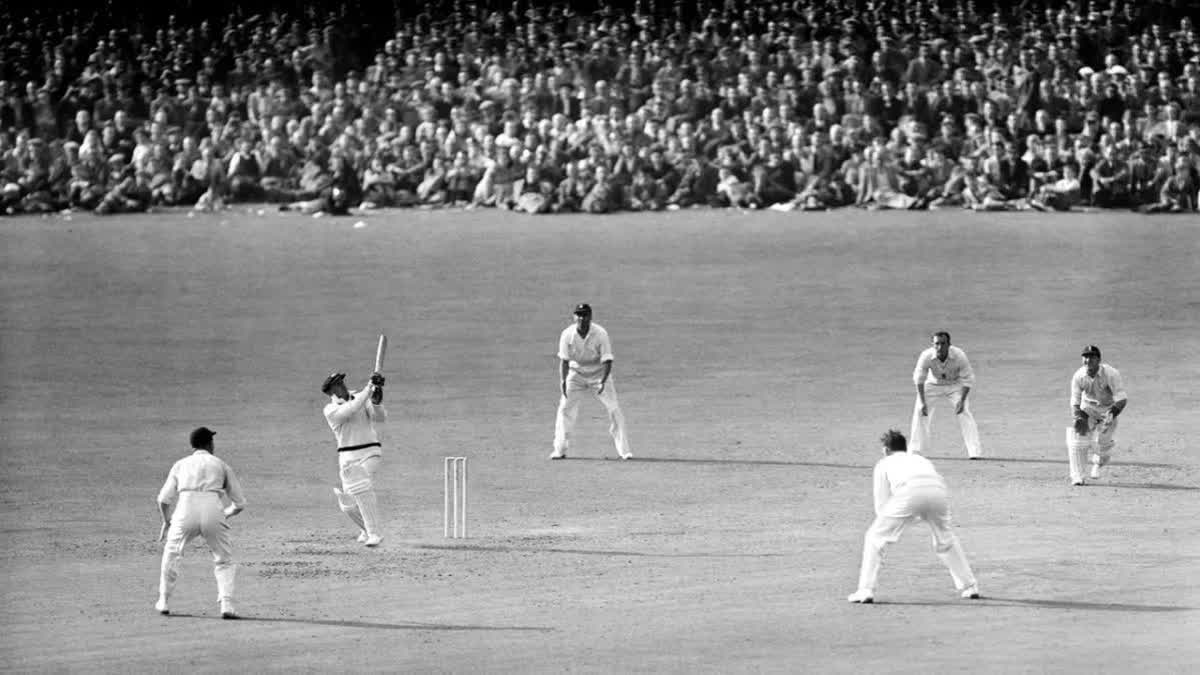Hyderabad: Test cricket has transformed dramatically over the years. Nowadays, Test matches are bound by a five-day limit, with each team playing two innings. If no result is achieved within this timeframe, the match ends in a draw. We now see Tests being completed in two, three, or four days. However, there was a time when matches could stretch for days, even taking breaks of a week or more without yielding any results.
The early era
The inaugural official Test match took place between Australia and England in 1877. Presently, Test match number 2,545 is being contested between Sri Lanka and England. Throughout this extensive history, the format of Test cricket has undergone significant changes
Initially, Test matches continued until a result was achieved, with no fixed duration. Teams batted until their innings were completed or they were all out. Matches could last 2, 3, 4, or 5 days, or even longer. During the first 50 years, Australia played timeless Tests, while England hosted three-day Tests. In these non-timed matches, a win or tie was necessary, with some games ending in draws due to weather or other factors. Innings were rarely declared; batting continued until wickets fell. Play would resume after breaks, with periods of rest interspersed. There were no tight schedules or commercial pressures, just a love for the game
From 1877 to 1939, of the 100 such Tests held, 96 matches resulted in a decision, while only four ended in draws. All Tests played in Australia until World War II followed this format. Notably, in 1929, an eight-day Test between England and Australia was held in Melbourne. In 1947, India’s Test against Australia spanned seven days, including a one-day break. At that time, the number of deliveries varied from 8, 6 to 5 balls.
The longest test
The Test between South Africa and England in 1939 at Durban remains the longest Test match. Originally scheduled for ten days, the game was played over nine days. It began on March 3rd and continued till 14th March. Rain on the 11th and 12th caused breaks. On the evening of the 14th, England was 42 runs away from victory, but the match was declared a draw as England had to leave Durban by boat the following day. South Africa scored 530 and 481 runs, while England made 316 and 654/5 runs. This Test, which lasted 43 hours and 16 minutes with a total of 1,981 runs scored, remains the last Test without a fixed deadline
Different formats across nations
Different nations had different approaches to Test cricket. Australia, England, India, South Africa, the West Indies, New Zealand, and Pakistan all played with varying formats. By 1930, the Ashes series between Australia and England became four-day matches, extending to five days from 1948. India’s first Test in England in 1932 was a three-day match, and their first home series against England in 1933-34 featured four-day matches. India gradually adopted the five-day format. In 1973, the series between New Zealand and Pakistan was followed by four-day Tests, with all teams eventually playing five-day matches. However, in 2017, a four-day Test was played between South Africa and Zimbabwe, and last year, England and Ireland played a four-day Test.



